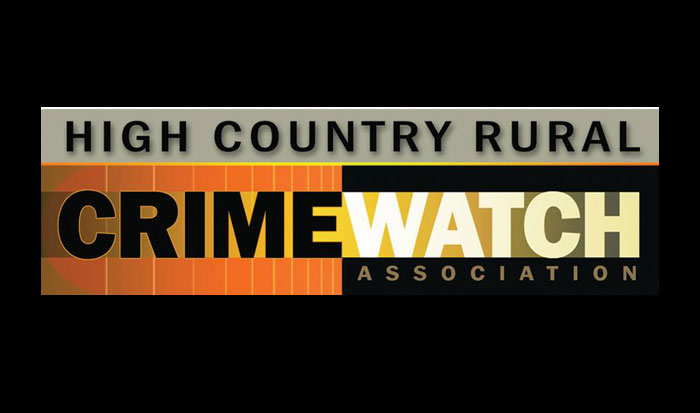Evacuation Order Preparation
In September’s High Country News I explained what Evacuation Alerts and Orders are and what to do if one is issued. In this month’s article I will give some guidance on what you can do to be prepared for an Evacuation Order. As with any emergency, your anxiety and your effectiveness can be significantly reduced if you have done some prior work.
Remember Evacuation Alerts are the “get ready something has a high probability of happening” situations and Evacuation Orders are “you have to get out now” situations.
In both situations you should have a list of things you want to take. In an Evacuation Order you may only have 15 minutes or less to leave so what are you going to take with you? With Alerts you’ll have a little more time.
The importance of a having a pre-existing list is that you don’t have to make a bunch of decisions while in a panic mode – all you have to do is execute your plan. Start the Evacuation Order list as soon as you finish reading this article – it’s easy. You can add to it as you think of things. Then keep it in a convenient place that is known by everyone in your family.
In drawing up the list you should be cognizant of the fact that you may not be coming back, or not coming back to what you left behind. Must haves in my opinion are birth certificates, prescriptions, cell phone & charger, wallet & cash, some food, and water. After that you can add other documents, additional food, significant mementos, clothes, and toiletries. If it’s an Evacuation Alert I’ll start preparing the fifth wheel so we are assured of a place to stay including all our pets.
If you have children, pets, or livestock things get a little more complicated (see why you have to do this now). Fortunately there are some very useful websites from Foothills County www.mdfoothills.com/emergency-management/emergency-preparedness.html, Alberta Emergency Services www.alberta.ca/emergency-preparedness.aspx and the Federal government get prepared website www.getprepared.gc.ca/index-eng.aspx These sites have done the thinking for you and you can pick and choose what you need to implement.
If you have children or other family members who are not at home with you, then you’ll have to have a plan for how to get everybody together after the evacuation. See the above websites for a family plan.
Probably the most significant emergency threat for most of us is that of a wildfire.
In addition to the above evacuation preparation, you should be FireSmarting your home and property. If you are not familiar with FireSmarting by now you can go to this website https://www.mdfoothills.com/media/files/upload/Firesmart-HomeownersManual-ProtectYourHomeFromWildfire.pdf. Remember, we live in the second highest wildfire risk area in the province.
If you are living in the forest, FireSmarting your property likely won’t be done in one day or a weekend. It may be years before you’re done, and even then there will be ongoing maintenance. It’s important to get started; every bit of fuel you remove can make a difference. Start at your house and work outward. The first 10m are the most important. Sometimes you have to make tough decisions about what landscaping has to go and what can stay. In my own FireSmarting efforts I would tell myself I’ll do that when the fire is imminent. Next thing I knew I had 2 days’ worth of things to do at a time when I need to be focused on the evacuation efforts noted above.
Fire fighters have told me they are more likely to save a property that has been FireSmarted vs one that hasn’t. It’s common sense – which one has a higher likelihood of being saved. In a widespread fire unfortunately not all structures may be able to be saved and some properties will be on their own. This is where your FireSmarting efforts will become even more paramount.
There are fire sprinklers with fire hoses you can order that work on very low water pressure and can be attached quickly and easily to your eavestroughs. I ordered a couple of them. They are relatively inexpensive. It is wise to set them up when you receive them to see how they operate, and how to best deploy them. But you don’t need the special sprinklers, regular sprinklers will also work. Sprinkler deployment has been proven to work very effectively in forest (and prairie) fire situations.
Unfortunately, a major wildfire is all but inevitable. Are you prepared?
Dave Schroeder
HCRCWA Board Member


























